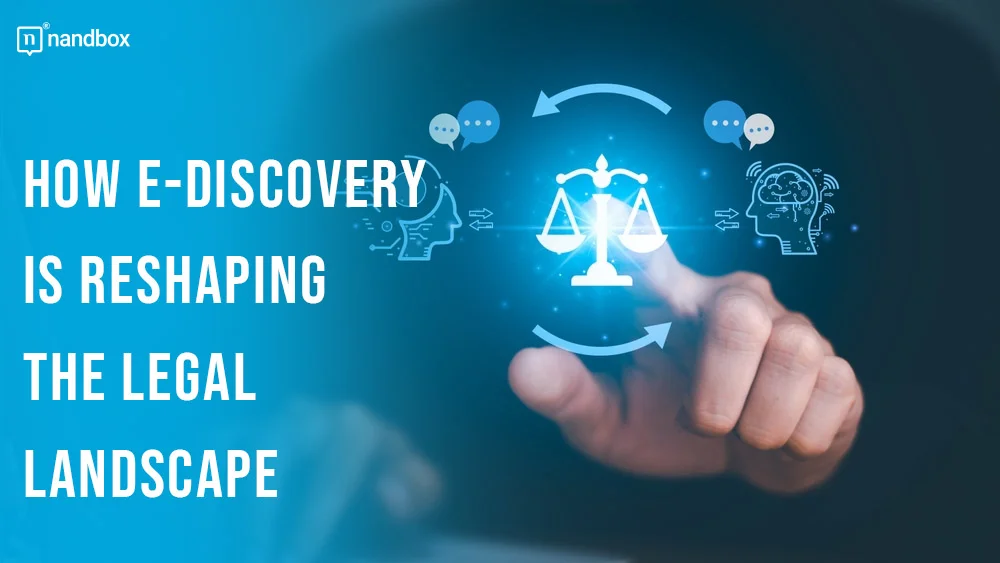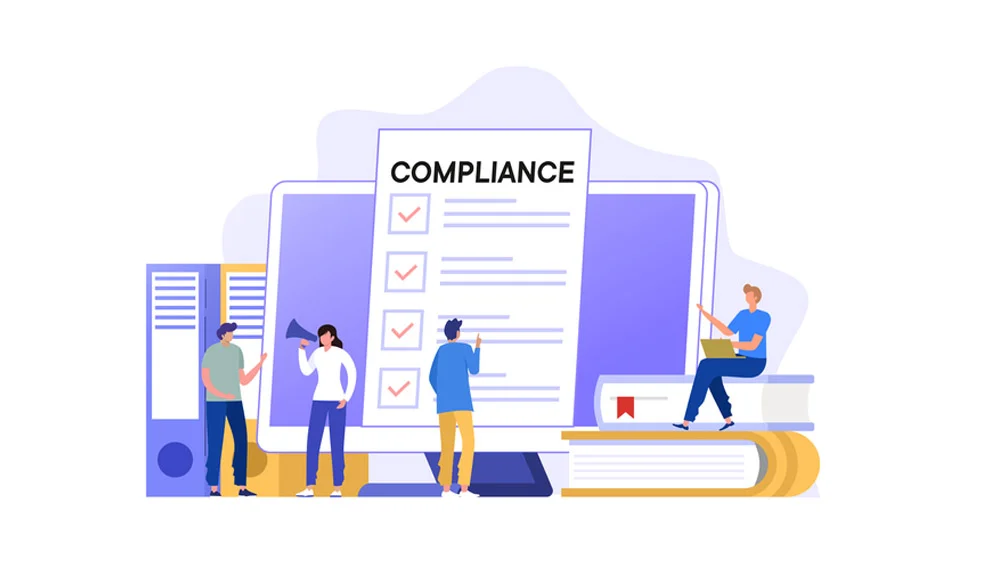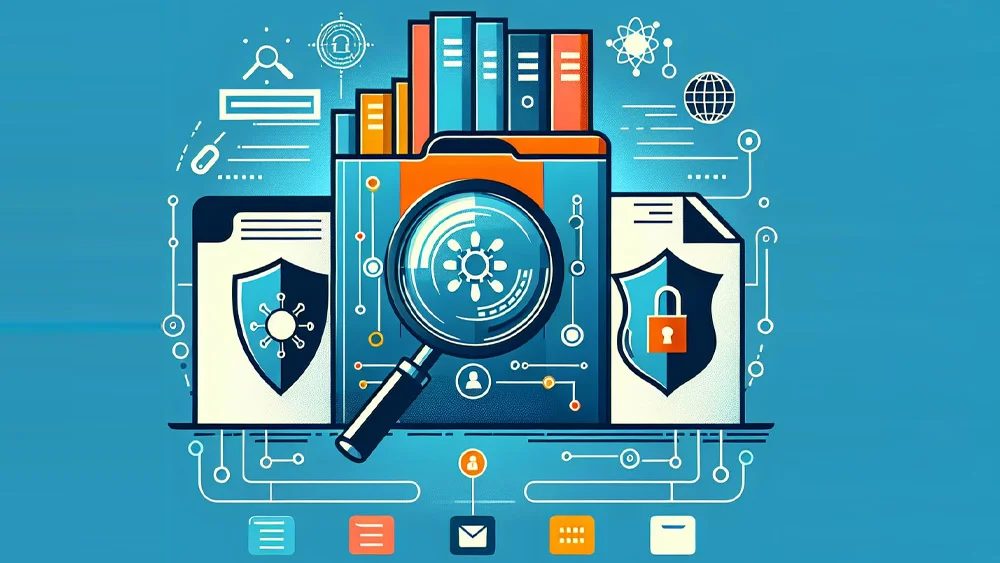The advent of technology has revolutionized various industries, and the legal field is no exception. One giant development in recent years is eDiscovery software, which stands for digital discovery. This technique includes the identity, preservation, series, and evaluation of electronically stored information (ESI) for legal purposes. With the growing digitization of data, eDiscovery has grown to be a crucial tool for attorneys and legal professionals. In this article, we will discover how eDiscovery software is reshaping the legal landscape and the implications it has on legal procedures, compliance, and the future of the legal field.
Understanding eDiscovery Software: A Brief Overview
Before delving into the effect of eDiscovery software, it’s important to have a fundamental understanding of this innovative concept. The evolution of eDiscovery may be traced back to the exponential increase of electronic data in the virtual age. With the proliferation of emails, text messages, social media posts, and different electronic documents, the traditional strategies of document discovery became impractical.
eDiscovery software encompasses quite several duties, including the identification of relevant records, the renovation of statistics, and the overview and production of files. It involves the use of sophisticated electronic discovery software and algorithms to look at and analyze tremendous quantities of records, making it less complicated for a criminal defense lawyer to find vital evidence.
The Evolution of eDiscovery Software
Over the years, eDiscovery software has evolved to preserve pace with advances in the technology era. Initially, it involved manual approaches, wherein legal groups might overview physical files to discover vital pieces of statistics. However, because the extent of digital data continued to grow, manual review became inefficient and time-consuming.
Today, eDiscovery software utilizes advanced technologies such as machine learning and artificial intelligence to automate the identification and extraction of relevant information from large datasets. These technological improvements have significantly enhanced the efficiency and accuracy of the eDiscovery process, making it a vital tool in legal cases.
Key Components of eDiscovery Software
Understanding the important components of eDiscovery software is crucial to knowing its effect on the legal panorama. The eDiscovery process typically includes several stages:
- Identification: The preliminary stage involves determining the scope of the eDiscovery software process and figuring out the capacity resources of ESI that can apply to the legal matter.
- Preservation: Once the relevant information is recognized, it must be preserved from alteration or deletion. This entails enforcing legal holds and developing backups of the facts.
- Collection: In this level, the recognized ESI is accrued from numerous assets such as computers, servers, and cloud storage. A specialized electronic discovery software program is regularly used to gather and process the data successfully.
- Processing: The gathered information is processed to extract relevant statistics and get rid of duplicates or noise. Advanced algorithms help in organizing and categorizing the records.
- Review: Criminal defense lawyers review the processed statistics to identify and determine the capability relevance and significance of the documents. This level often involves the usage of predictive coding and other technology to expedite the overview process.
- Production: Finally, the relevant documents are produced for the opposing party or entered into proof during legal proceedings.
The Impact of eDiscovery Software on Legal Procedures
The adoption of eDiscovery software has significantly transformed legal processes, streamlining the discovery process and converting the way evidence is gathered and provided in courtrooms.
Changes in Evidence Gathering
Traditionally, evidence in legal cases came predominantly from physical documents and witness testimonies. However, with the rise of electronic communication and documentation, a substantial amount of proof is now saved in digital and virtual formats.
EDiscovery allows every criminal defense lawyer to efficiently access and analyze this electronic evidence, which can encompass emails, chat transcripts, multimedia files, and more. It allows them to find essential records for their case, supporting knowledgeable decision-making and facilitating complete and comprehensive legal strategies.
The Role of eDiscovery in Litigation
In addition to evidence collection, eDiscovery plays a pivotal role in the litigation process. It helps legal teams streamline the document review procedure, allowing them to identify key documents and insights more effectively. Advanced technology, including predictive coding and statistics analytics, allows faster and more accurate identification of relevant files, lowering time and fees associated with document review.
Moreover, eDiscovery software allows legal specialists to comprehend the bigger context of a case via studying styles and relationships inside the facts. This data-driven approach offers valuable insights that could affect the case strategy and negotiation tactics.
eDiscovery and Compliance: A New Paradigm
Compliance control has constantly been a fundamental part of the legal landscape, making sure agencies adhere to relevant rules and laws. The digital age has introduced new challenges, with an abundance of electronic records that should be controlled and monitored to meet regulatory requirements.
Regulatory Compliance in the Digital Age
eDiscovery has grown to be a fundamental tool for companies in their efforts to preserve regulatory compliance. By automating the identification and retrieval of electronic records, it enables businesses to ensure compliance with various regulations, such as data protection and privacy laws.
Organizations can use eDiscovery to track and manage digital information, ensuring it is retained for the desired duration and easily accessible when needed. This helps prevent legal and financial repercussions resulting from non-compliance.
eDiscovery’s Role in Compliance Management
Additionally, eDiscovery gives proactive compliance management capabilities. By reading sizeable amounts of statistics, organizations can identify potential compliance risks or patterns of non-compliance. This allows them to take corrective actions, implement important policies, and prevent compliance breaches before they arise.
On top of that, eDiscovery assists in conducting internal investigations. When allegations of misconduct, fraud, or other felony violations stand up, organizations can use eDiscovery equipment to efficiently gather and examine relevant data and facts, helping within the investigative technique and ensuring a truthful and thorough assessment.
The Future of eDiscovery Inside the Legal Field
As technology continues to boost at a remarkable pace, the destiny of eDiscovery holds titanic capability. Several developments are emerging, which can transform the legal landscape in the coming years.
Predicted Trends in eDiscovery
One of the key future trends in eDiscovery is the increasing reliance on artificial intelligence (AI) and machine learning algorithms. This technology will enhance the performance and accuracy of eDiscovery processes, enabling faster and more complete data evaluation.
Moreover, advancements in cloud computing and data storage are likely to affect the future of eDiscovery. Cloud-based eDiscovery solutions offer scalability and flexibility, allowing organizations to manipulate tremendous quantities of data more efficiently.
Furthermore, the rise of data privacy regulations, such as the European Union’s General Data Protection Regulation (GDPR), will necessitate stricter compliance measures. eDiscovery tools will play a crucial role in helping organizations navigate these regulations and handle personal data in a lawful and responsible manner.
The Challenges and Opportunities Ahead
While eDiscovery has several advantages, it also poses several challenges. The sheer volume of electronic data, combined with increasing data privacy concerns, creates complexities in ensuring data protection, confidentiality, and privacy throughout the eDiscovery process.
However, those challenges also present opportunities for innovation. As legal experts adapt to these new realities, they can broaden strategies and technologies that protect sensitive data while harnessing the power of eDiscovery to strengthen their legal practice.
In Conclusion
In conclusion, eDiscovery has revolutionized the legal panorama, reworking criminal techniques, compliance control, and the way evidence is gathered and analyzed. With its ability to effectively manipulate and analyze digital statistics, eDiscovery has become a useful device for legal specialists. As technology advances, eDiscovery is poised to play an even more significant role in the legal field, paving the way for a more efficient and data-driven future.





